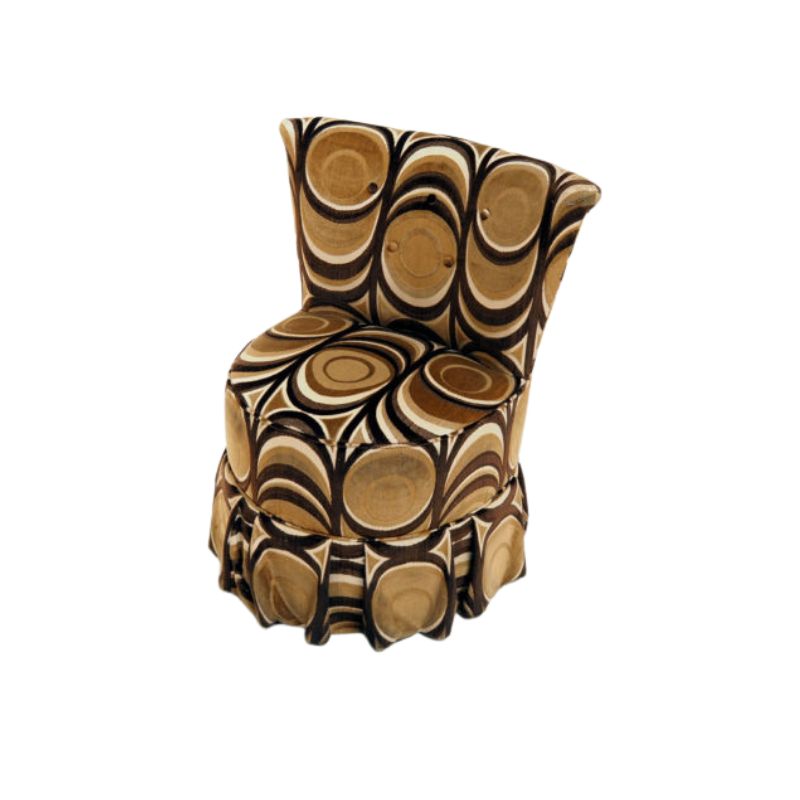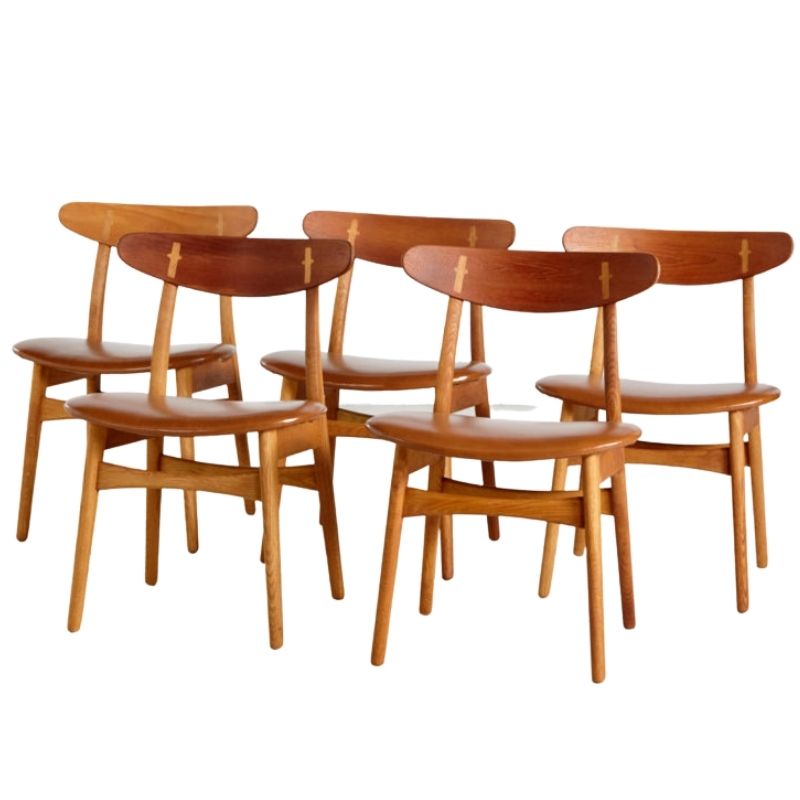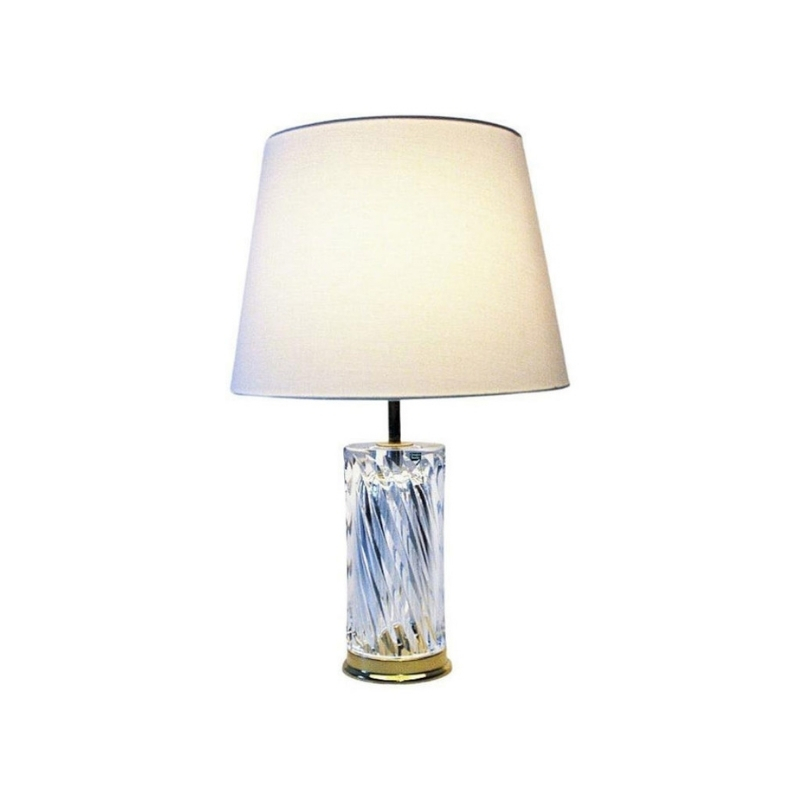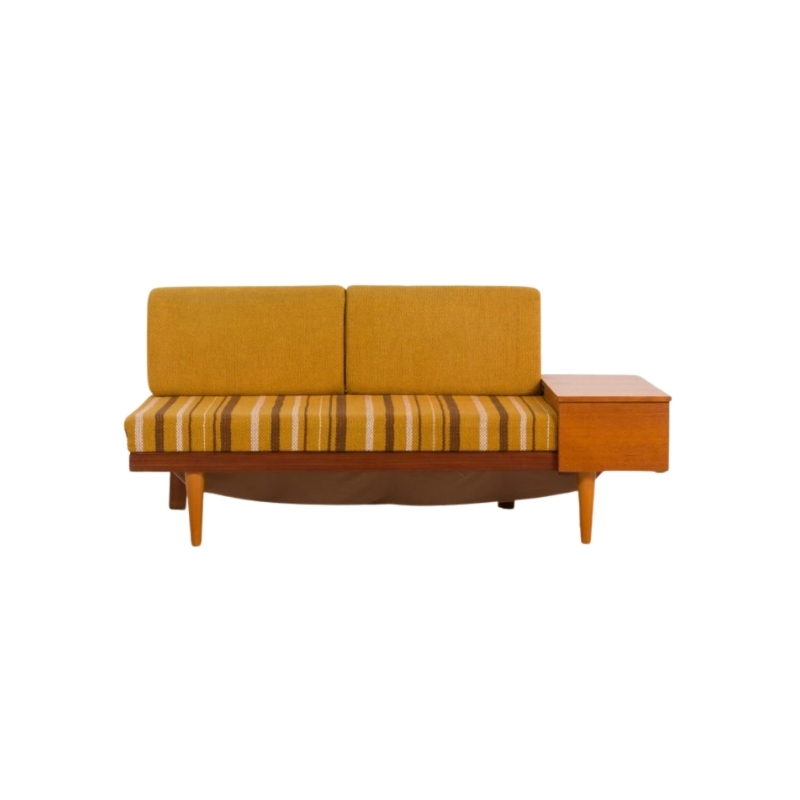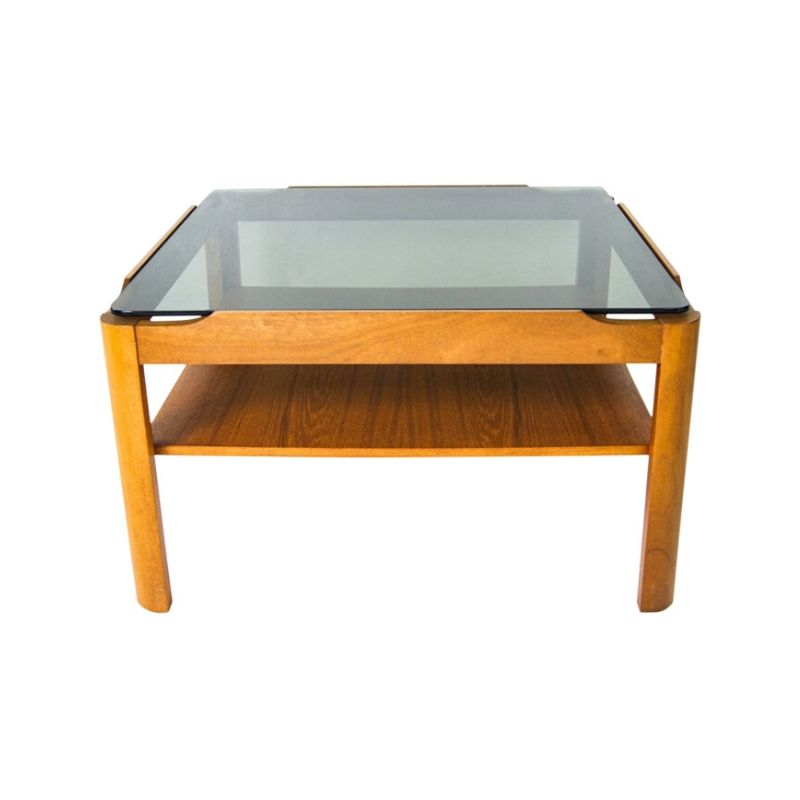There are many online resources for research but, often, the best advice can be found where wood finishing products are sold. Fine furniture retailers and larger household moving companies often have specialists on call that will come to your house for minor finish repairs. Sometimes this avenue is a convenient and cost effective alternative to assembling the various hazardous solvents, safety gear, and experience needed to make successful repairs on your own. Far be it from me to discourage acquiring new skills, though! Many on this forum (including me) have had great results and experiences doing exactly such. Just be warned that it can be addictive!
Forward detailed photos of your particular project with any questions. There are friendly and helpful members here!
Kind words, tktoo, which are truly appreciated as I will surely need support in this project. I have now received the chair, and immediately realized I will have to include a few more steps to the renovation process that I had originally planned for... I have never had any trouble disassembling furniture, but this one had me a bit stumped.
I would like to remove the wooden vertical back struts (is that the word..?) in order to get better access to the upholstery of the seat. But I simply can't understand how, given that the metal holder fixating the seat to the vertical back strut is not removable unless the vertical strut is firstly removed from the lower horizontal one.
The only way to remove the struts from each-other is to somehow dissolute the glue used to fasten them together. Is it possible to dissolute glue for this purpose? I hope the pictures can provide an idea of my crux.
It does appear to be a bit of a puzzle at first glance. Better photos, perhaps more close up and with brighter lighting, of the underside where the back support (style?) and seat join might help to find a solution. It's difficult to see exactly how the metal bracket is fastened in the photo you've posted.
Ok, I try (am really struggling with the website randomly rotating my pictures) and upload a few photos of:
1) the metal holder, which has an about 10cm long threaded rod attached to it which goes through the seat frame and is secured by a nut on the inside of the seat frame, and
2) the junction where the vertical strut is glued to the horizontal (which I wonder is possible to detach by dissolving the glue, then the problem would be solved).
It's possible that the chair was assembled after the seat was fully upholstered, though this isn't the usual way furniture is made. If this is the case, then you can work around it by slitting the fabric on the underside just enough to go around the back post. Pull it snug to the underside and fasten. If it has enough give to it, you may be able to turn the edges of the slit under a bit to get a very neat finish. If your new fabric tends to ravel, this would be a good idea. If it's tightly woven and/or has a stabilizing finish on the back, you can probably get away with just stapling down the raw edges.
Slits like this are done all the time on conventional upholstered furniture with back posts. They're just more concealed than this chair will allow.
If there's no way to get the seat off, this is the solution. Just make sure you don't cut any farther into the seat fabric than is necessary to get past that point of connection! Cut a little, then test, then cut a bit more and test. When you can tug the fabric to the underside smoothly with no ripples, stop cutting. Oh, and tack the fabric at a bunch of points on the sides, front, and center back first.
It's possible that the chair was assembled after the seat was fully upholstered, though this isn't the usual way furniture is made. If this is the case, then you can work around it by slitting the fabric on the underside just enough to go around the back post. Pull it snug to the underside and fasten. If it has enough give to it, you may be able to turn the edges of the slit under a bit to get a very neat finish. If your new fabric tends to ravel, this would be a good idea. If it's tightly woven and/or has a stabilizing finish on the back, you can probably get away with just stapling down the raw edges.
Slits like this are done all the time on conventional upholstered furniture with back posts. They're just more concealed than this chair will allow.
If there's no way to get the seat off, this is the solution. Just make sure you don't cut any farther into the seat fabric than is necessary to get past that point of connection! Cut a little, then test, then cut a bit more and test. When you can tug the fabric to the underside smoothly with no ripples, stop cutting. Oh, and tack the fabric at a bunch of points on the sides, front, and center back first.
Yes, I also have come to the conclusion this the the only way to remove the existing fabric, and later add the new if not being able to detach the metal holder.
Still, this will be my plan B, as someone at some point in history did a rather crappy job at gluing several joints together, they look a mess.
Thus I would really like to detach the joints, remove glue stains and do a better job reattaching the chair myself. While doing so the upholstering job would also be easier.
I'm starting to understand what the answer is, of course, but again, is there no way of dissolving glue?
There are a few methods of softening/dissolving old glue depending on which glue it is. Most involving water, heat, steam, weak solvents, or combinations thereof. That joint in your photo, though, looks compromised and possibly already loose. If there is any movement there at all, I'd start by just giving it a good tug.
If I had to guess, hammers likely compete with any category of tools that I own as far as numbers. Carving gouges, screw drivers, and ratchet wrench sockets are up there, too. Oh, and clamps. No such thing as too many of those.
But can I ever lay my hands on one of three 12' tape measures I own when I need one? NOOOOO!!!
If a rubber mallet is a rubber hammer I do! And I found it right away too, tktoo 🙂 I ended up using exactly that and my hair dryer and look and behold, success! Hard to imagine a better saturday afternoon, even more so as I did all of the above while sipping a glass of nice bordeaux. Thanks for the help (!), I am sure to return with more questions shortly
If you need any help, please contact us at – info@designaddict.com




